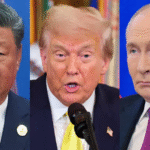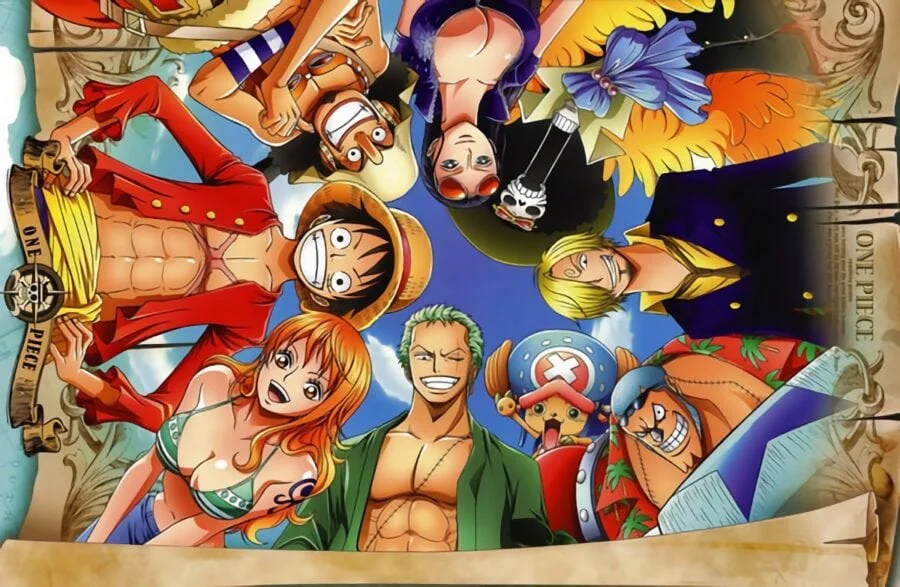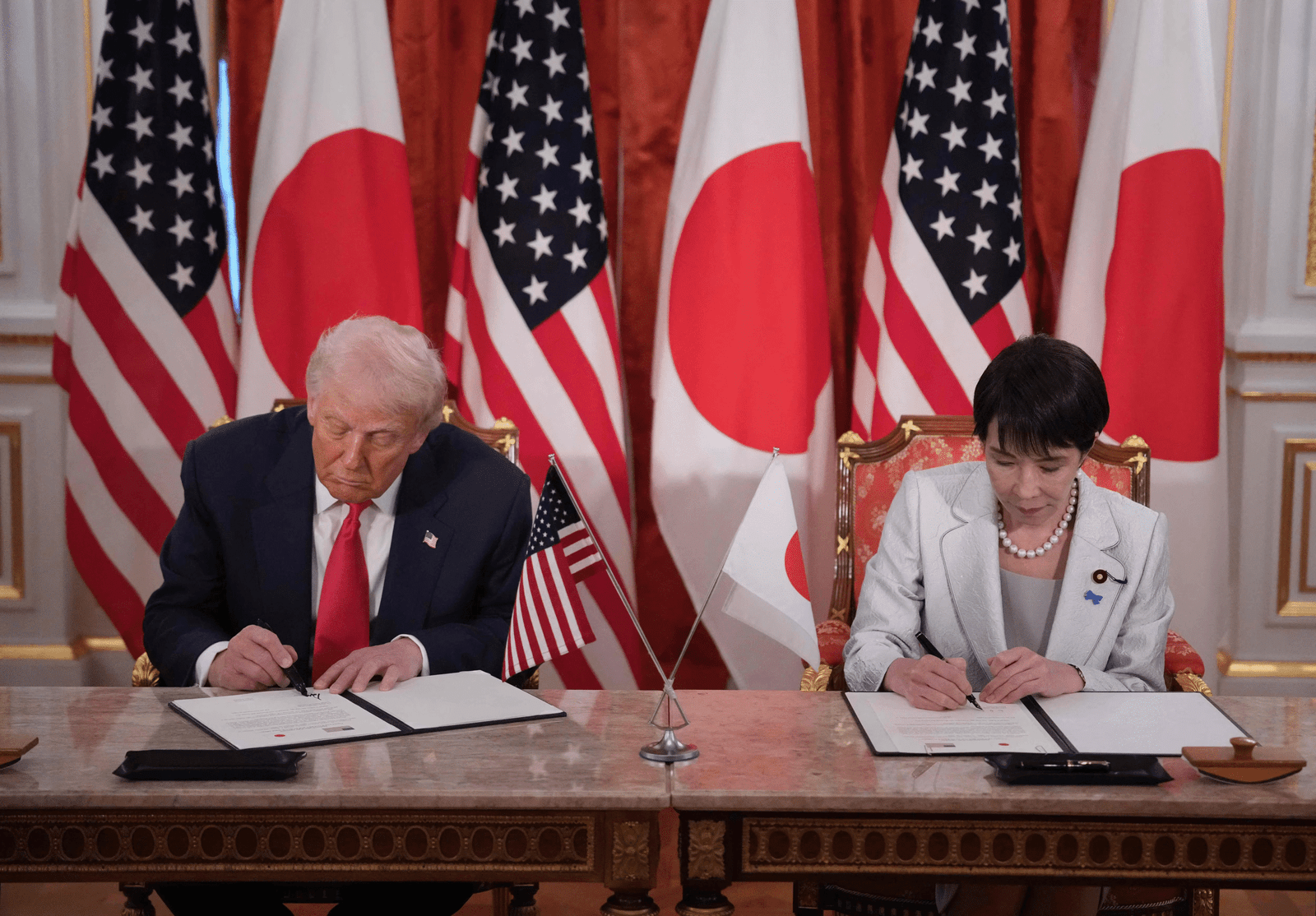“One Piece,” the Japanese manga series by Eiichiro Oda, has transformed from a niche interest into a global cultural phenomenon. Initially gaining traction in Japan during the late 90s, the story of Monkey D. Luffy and his crew’s quest for the legendary treasure, the One Piece, soon captivated readers worldwide. What started as a manga with a relatively small following has now expanded into one of the most iconic franchises in entertainment history.
The series’ widespread appeal lies in its rich world-building, complex characters, and Oda’s unique storytelling style. While originally targeted at younger audiences, “One Piece” quickly grew beyond its demographic, with fans of all ages appreciating its depth and intricacy. Its influence on pop culture is undeniable, with the series boasting over 1,000 episodes in its anime adaptation, several films, video games, and a forthcoming live-action adaptation produced by Netflix.
What once seemed like a “niche within a niche” of anime and manga fandom has blossomed into a global phenomenon. The series has broken numerous records, including becoming the best-selling manga in history with over 500 million copies sold. It’s a testament to how far-reaching anime and manga culture has become, no longer confined to a small group of enthusiasts but embraced by mainstream audiences worldwide.
“One Piece’s” continued success in the 2020s, especially in international markets, illustrates how a compelling narrative, universal themes of friendship and perseverance, and a dedicated fanbase can help a niche product transcend borders and gain global prominence.











